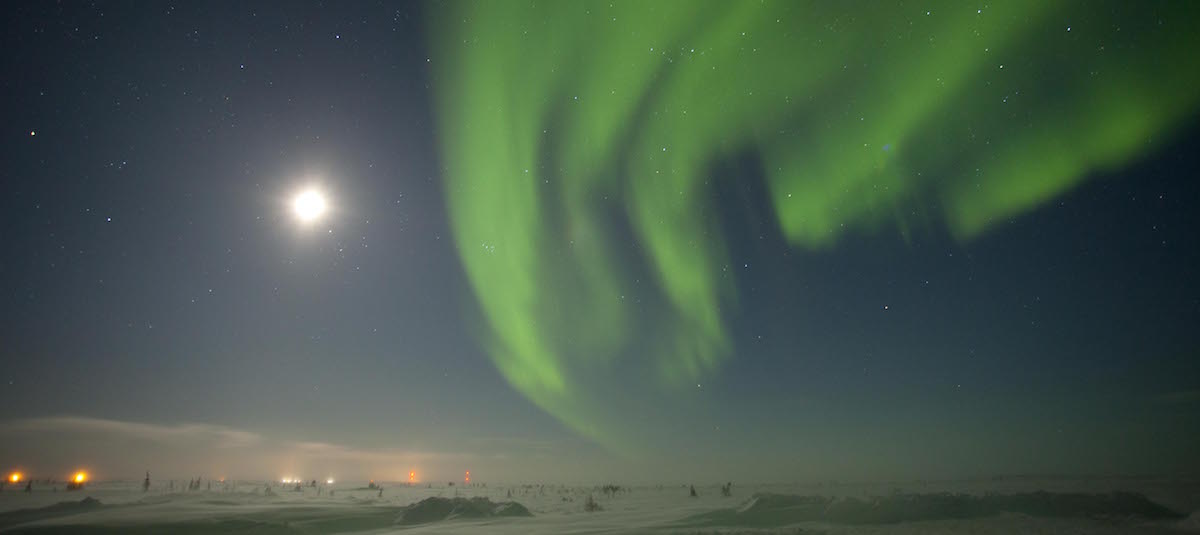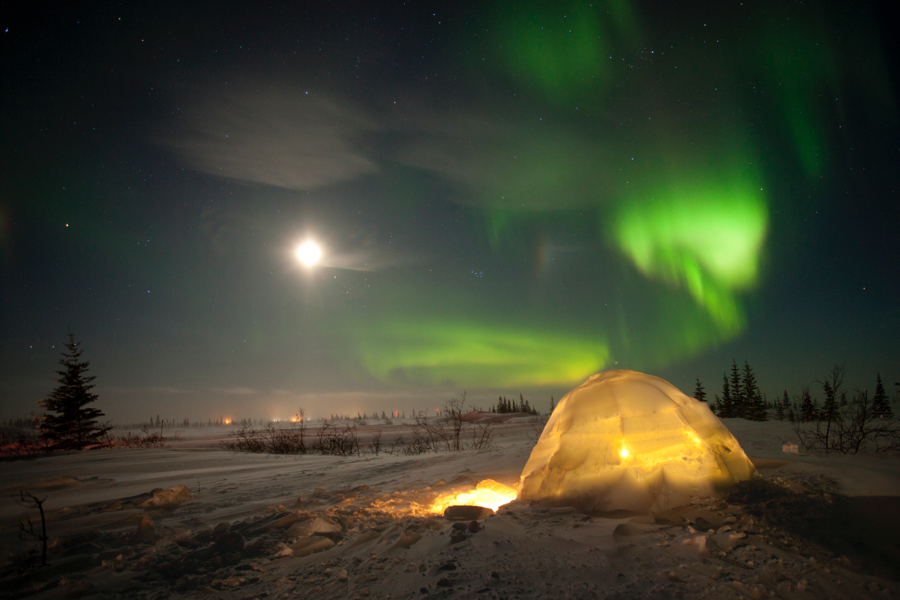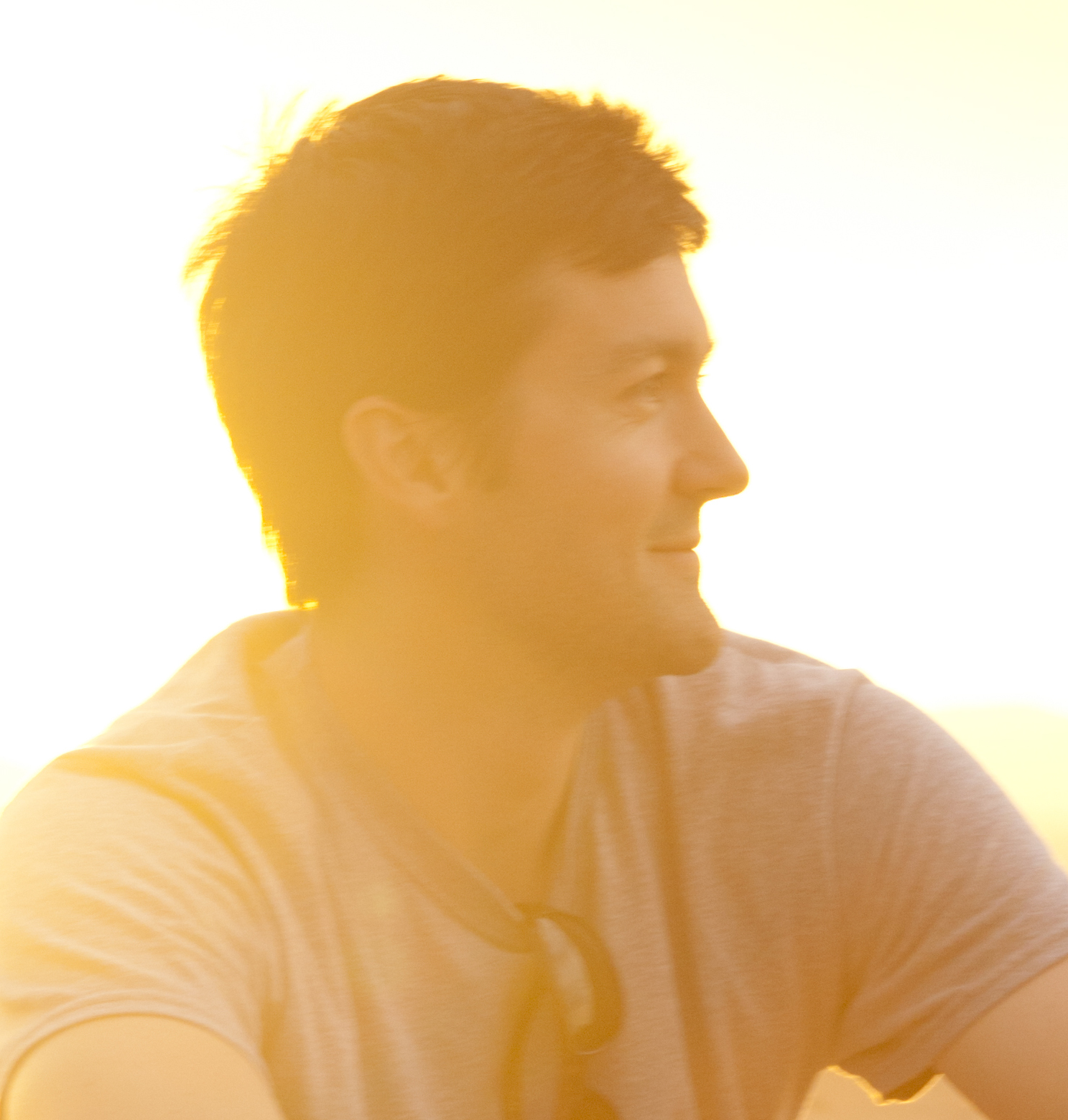
Top 3 Skills for Photographing the Northern Lights
Shooting northern lights is one of the most sought after photographic opportunities in the world. And for good reason… it’s rare, spectacular, and an all around incredible experience. Thus, be sure to prepare before you get there so you can begin capturing wall-worthy shots right away.

1) Night photography settings
The first thing you’ll need to know is the basic settings for shooting night photography. Tripod? Check. Wide angle lens? Check. Shutter release cable? Sure, why not.
Generally when shooting stars or any astronomical feature, you’ll want not just a wide angle, but an ultra wide angle. This equates to something around 10mm for crop frame sensors or 17mm for full frame sensors (or around 8mm for mirrorless lenses). Fish eye lenses also make excellent choices, if you’re into the fish eye look. Once you are armed with a nice wide angle lens, you’ll want to set your camera to manual and dial it to the widest aperture possible (lowest f-stop number), a shutter speed around 5 – 15 seconds, and an ISO of something around 800. Some cameras will let you go higher, which is great, but it’s always best to stay as low as you can with your camera’s ISO number.
Next, you’re going to want to focus on something really far away. This might be distant city lights, a car way far away, or better yet – the moon. If the moon is out, this is the ideal “focus point” for aurora photography. Then, and this is crucial, set your camera to manual focus. This allows your camera to lock in that distant focus so you don’t have to refocus for each aurora photo you take.
If you have a shutter release cable or remote, that’s great. If not, set your camera to the 2-second timer mode. This allows you to compose your shot and push the button directly on the camera without worrying about any resulting camera shake from button-pushing.
And it goes without saying, but be sure to have your camera on a tripod for this entire setup process.
2) Incorporate foreground elements
Getting the shot of a streaming, active aurora is amazing. But, you’ll want to “level up” once you get your first few photos. The best way is to incorporate something in the foreground – a golden rule of landscape photography.
Try locating some snow-covered trees, a rocky shoreline, or if you’re lucky enough to be on dedicated photo tour you may have something as interesting as an igloo to help frame the shot. Depending on lighting, these features may be completely dark, effectively rendering them useless for the photo. If they are too dark, try “painting” them with a flashlight. No need for anything fancy or extra-bright. A little light goes a long way at night. Experiment with painting for 1 or 2 seconds to get the desired effect. Painting is just like it sounds…just pass the light over the entire foreground element, as if you were painting over it on a computer with your mouse.
If you do have a foreground element in your photo, be sure to focus on it (rather than the moon or distant lights) so that it is in perfect focus.
3) Get other celestial bodies in the shot
The most logical is the moon. Some people think that the moon detracts from northern light photography, but I disagree. I feel that it provides a very real context to the photo. It’s one thing to get a completely dark sky with a streamer of green going through it. But, it’s another thing to give your photo an earthly context by showing a familiar sight – the moon. This way, you show that you are indeed on earth and the aurora is truly above you in the same sky we all see the moon in each night.
Simply getting a photo of the northern lights in any capacity is a photographer’s dream – relish it and enjoy it. However, with a good showing, or if you are on a special northern lights tour, you’ll likely have plenty of time to view and photograph the aurora such that you’ll be able to take the creative steps needed to get “next level” photographs.
Go forward and give it a shot,
Court
4 Comments
See The Northern Lights This Season Before They Fade
August 1, 2016 at 6:22 am
See The Northern Lights This Season Before They Fade
August 3, 2016 at 11:40 am

Don
September 15, 2018 at 12:21 pm

Court Whelan, Ph.D.
September 24, 2018 at 11:15 am
[…] a trip to see the wonder of the northern lights on your travel bucket list? Do you dream of capturing stunning photos of the aurora borealis? If so, this season is the last chance to see them at their brightest and most frequent before they […]
[…] seeing the cosmic wonder of the northern lights on your travel bucket list? Do you dream of capturing stunning photos of the aurora borealis? Chances are, you’ll only have one opportunity to visit an area of the world where these […]
I have a Canon Rebel T3i with a 18-55mm IS II lens. ISO goes to 6400. Will this be adequate for photographing the Arora Borealis or do I need a wider angle lens? I would prefer not to buy another lens if I really don’t need to, since this may be the only time I would use it and I already have all the lenses I would normally use. However, I also don’t want to miss this fantastic photograph opportunity by not having suitable equipment. Thanks ahead of time for any assistance in this matter.
Hey Don, great question. Easy answer is that yep, this will 100% work and be great! If you’re interested in a lens that’s a bit more wide angle, I’d recommend looking at Canon’s 10-22mm, which is a fantastic lens, not just for aurora, but general landscape and travel photography. Alternatively, if you want a little more speed, and a better all around lens (it’s actually one of my favorites for the Rebel lineup) is the Canon 17-55mm f/2.8. It’s a bit more money than the 18-55mm, and because of the nearly identical focal length it would be replacing your 18-55, but it is SHARP and a really really good lens. Just an overall boost in quality of your photos. And plus, with the f/2.8 aperture, you get a lot more light, which is good for aurora shots. But, you’re all set as-is, so only invest if you feel like it! Hope this helps!